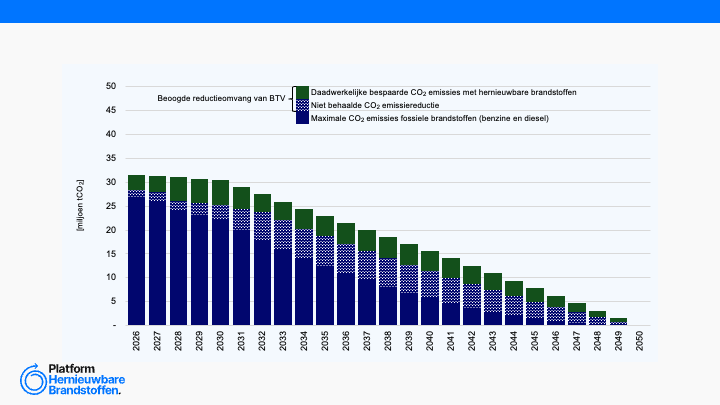IRENA - Global Energy Transformation - Roadmap to 2050

According to IRENA, the International Renewable Energy Agency, "increased use of renewable energy, combined with intensified electrification, could prove decisive for the world to meet key climate goals by 2050". A new study by IRENA highlights "immediately deployable, cost-effective options for countries to fulfil climate commitments and limit the rise of global temperatures".
Two different scenarios - Reference Scenario (current and planned policies) and the Remap scenario (with necessary measures to stay below 2 °C global temperature increase) are explored in this report. It highlights technology pathways and policy implications to ensure a sustainable energy future. Much higher shares of renewable energy and a accelerated growth of electricity as energy carrier for end-user needs will be required in 2050 to achieve Paris targets. Above that "bioenergy will play a role in sectors that are hard to electrify, such as shipping, aviation and certain industrial processes. Biofuel consumption must be scaled up sustainably to meet this demand."
Current trajectories of countries are not sufficient to reach Paris. Also the Reference Scenario will still overshoot the 2 °C temperature rise threshold.

Some further key findings of the report:
Energy-related carbon dioxide (CO2) emissions have increased 1.3% annually, on average, over the last five years.
The power sector has started changing in promising ways: Renewable power technologies are dominating the global market for new generation capacity.
Deployment of renewable solutions in energy- consuming sectors, particularly buildings and industry, is still well below the levels needed, and progress in energy efficiency is lagging.
The share of renewable energy in primary energy supply would grow from less than one-sixth today to nearly two-thirds in 2050 in the REmap Case.
Energy efficiency must be scaled up substantially; the rate of energy intensity improvement would increase to 3.2% per year.
Electricity would progressively become the central energy carrier, growing from a 20% share of final consumption to an almost 50% share by 2050
Modern biomass will be after electricity the largest energy source, with oil on the third place.
Three developments are central in transport: introduction of electric mobility, higher shares of renewable fuels and furhter focus on energy efficiency


More information on the Roadmap process at IRENA can be found on this website.
Recente artikelen
Analyse brandstoftransitieverplichting

Nederlandse industrieclusters presenteren bidbook: Een basisindustrie om op te bouwen: nu & in de toekomst



